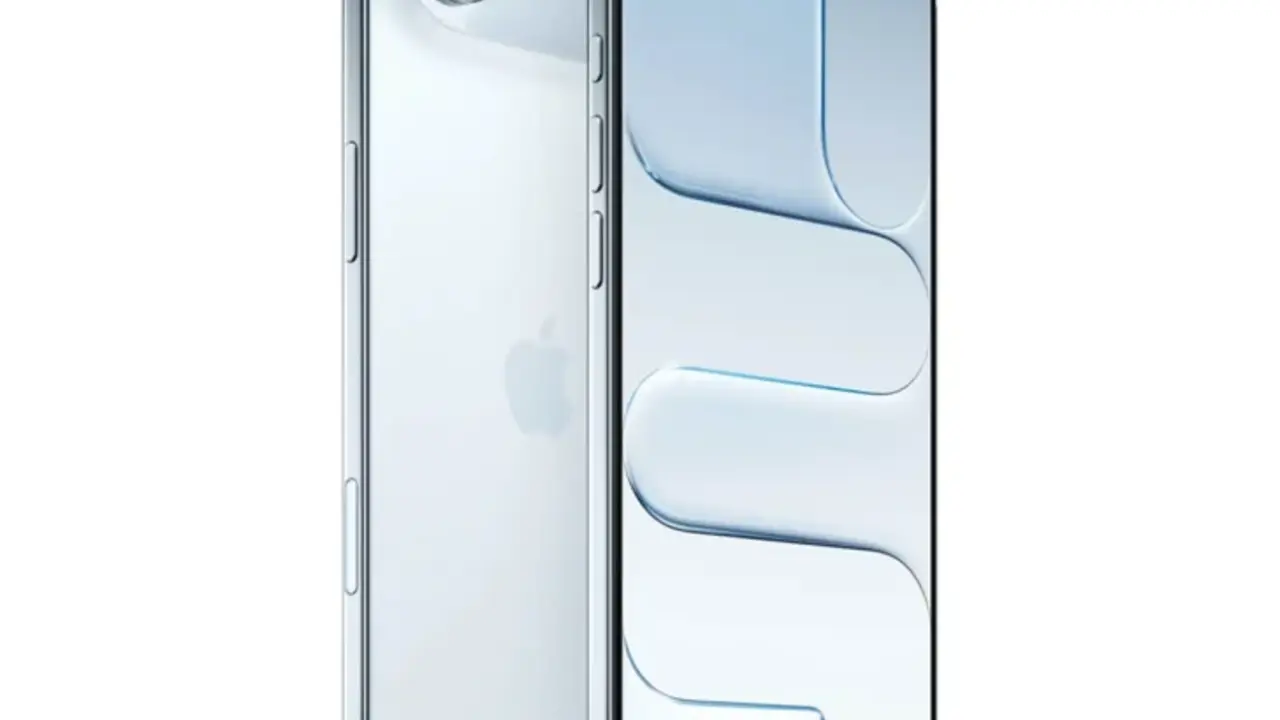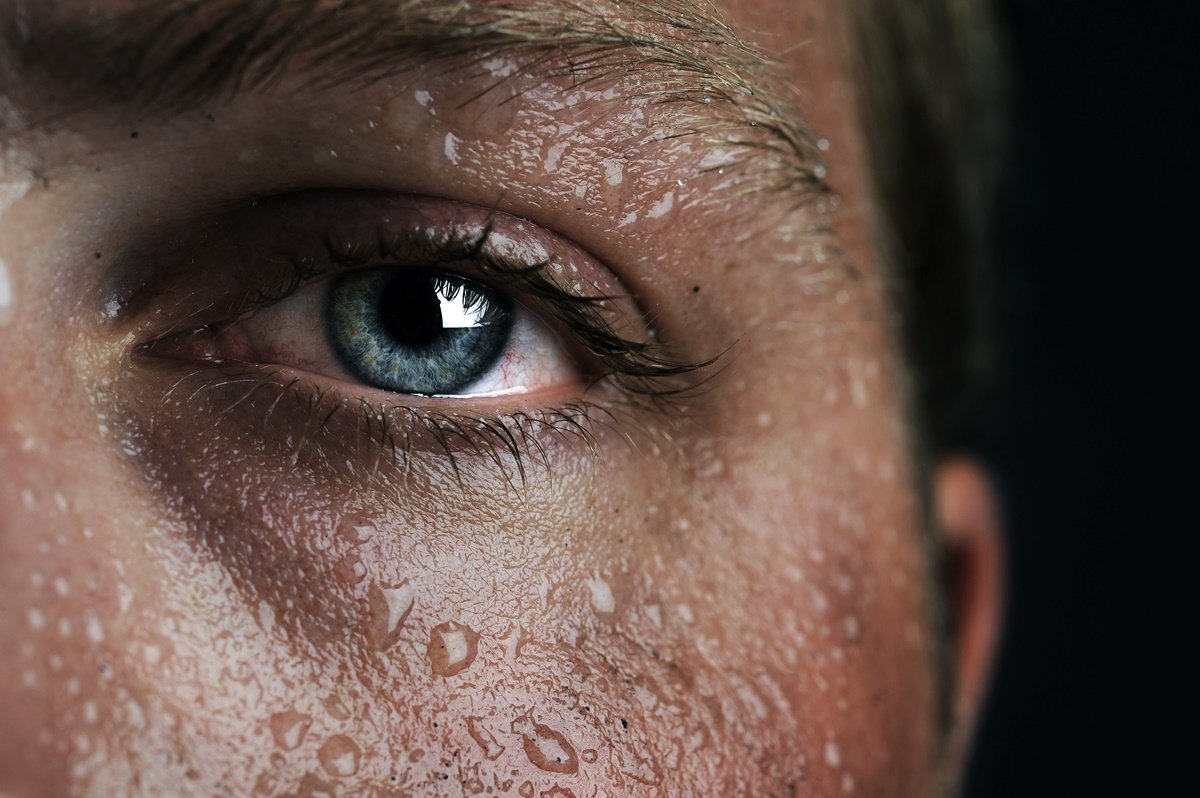A new wearable sensor could revolutionize body sweat monitoring and provide key information about skin condition, nervous system activity and the wearer’s health status.
Available sensors monitor precise sweat rate, which is only noticed after walking or intense exercise. However, there is another type of sweating, called imperceptible or steamy sweat, that is secreted at a much lower rate during low-intensity exercise or rest.
Sometimes known as unconscious, it is not even noticed by the person emitting the vapor. Therefore, measuring this water vapor secretion from the skin was still seen as a challenge.
For these slight water losses, scientists from Xiangtan University in China have developed a superhydrophobic sweat sensor that can continuously measure unconscious sweat vapor with high sensitivity and fast response.
The work that led to the development of the sensor was published in the journal ACS Nano in early February.
How does the super hydrophobic sensor work?
To promote the penetration of insensitive sweat vapor, Professor Huanyu “Larry” Cheng’s team developed a prototype that sandwiches a superabsorbent hydrogel layer between two layers of superhydrophobic textiles. Protected to prevent contact with external droplets, the sensor can be integrated into a wireless power and communication module that monitors perspiration rates in different parts of the body.
The material used between the two textile layers was a polyacrylate compound, a sodium salt commonly used in diapers. This fabric is also placed on a thin, perforated substrate with reduced stiffness. The resulting excellent breathability not only allows perspiration vapor to penetrate, but also prevents the sensor from being affected by external water drops or sensitive internal sweat.
According to Chen, “Proof-of-concept demonstrations in humans have demonstrated the feasibility of continuously assessing the thermoregulatory and barrier functions of the body skin.” This makes it possible to assess thermal comfort, pathological conditions, and nervous system activity, while providing a low-cost device platform for detecting other important biomarkers.
Source: Tec Mundo
I’m Blaine Morgan, an experienced journalist and writer with over 8 years of experience in the tech industry. My expertise lies in writing about technology news and trends, covering everything from cutting-edge gadgets to emerging software developments. I’ve written for several leading publications including Gadget Onus where I am an author.













